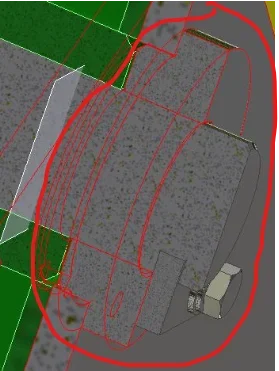cadinpiedi, I don't know what you mean in the last part of the post where you're suggesting to hold your back, can you please explain to me?
Good evening, I think you'll have understood that I meant welded shoulders or ears that you'd like

However for clarity, you said that to allow the dilation slide you thought of using a sintered bushing so that the wheel scrolled on it, well but finished the heating cycle the wheel would not go back! and the next time it would continue to move coming in contact with the ears with consequent grip.
for this are better the bearings blocked by the spacers, the wheel does not move on the pin and just an air of 5 mm.
the slip takes place on the two contact circles of the wheel and the ring. Consider that it is a very slow interaction, before the drum reaches the 160° it takes at least 20 minutes, maybe these days... much less seen the lower delta t

, so on the wheel and ring it takes the graphite fat.
But be careful that you need a good carding, both for safety reasons, and to prevent the malt pulviscle from clinging with the fat by creating intersections that would trigger vibrations.


